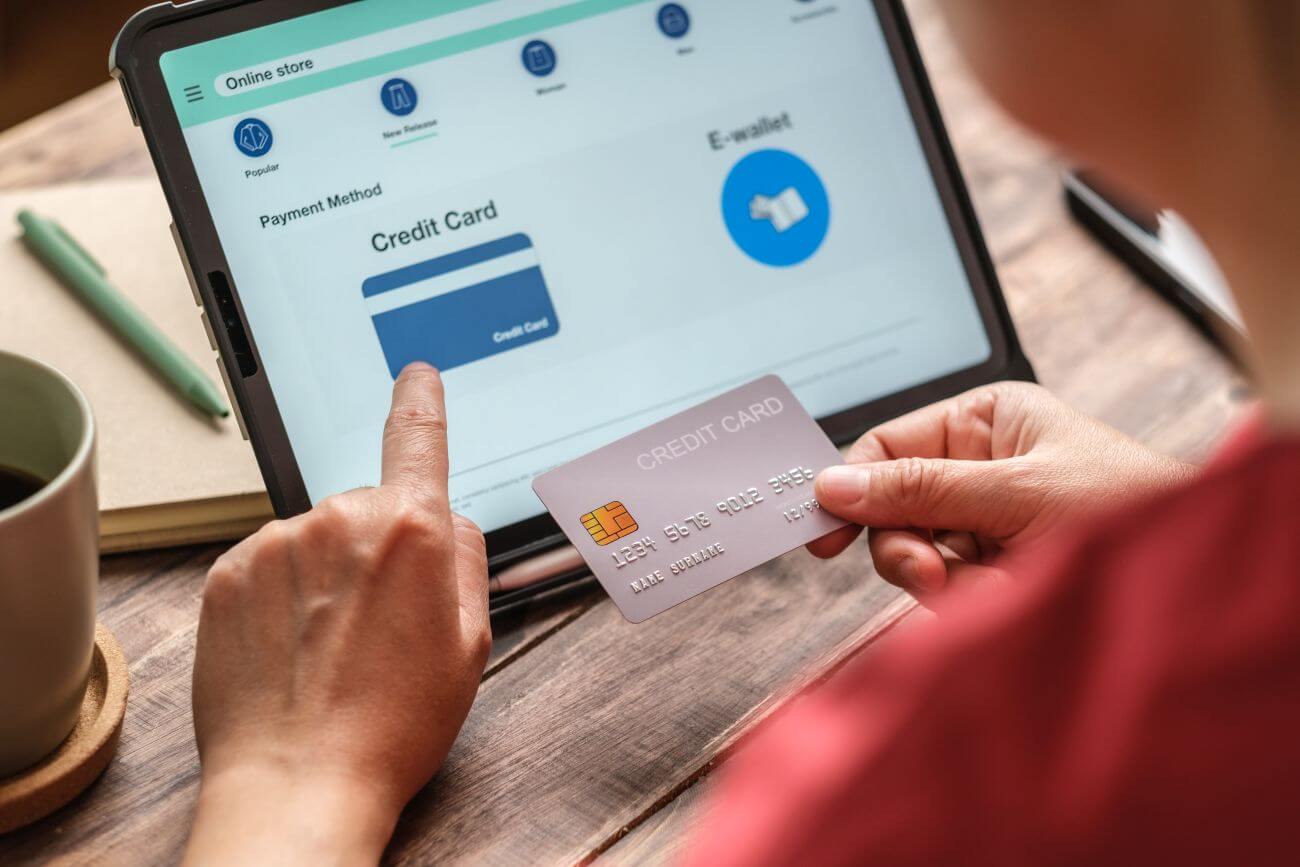The mortgage note is one of the most critical legal documents in the home buying process. It outlines the terms of the agreement between the borrower and the lender, detailing the specifics of the loan such as the loan amount, interest rate, repayment period, and any additional conditions. As a borrower, it’s essential to thoroughly review and understand the mortgage note before signing, as it represents a significant financial commitment and legal obligation.
What is a Mortgage Note?
A mortgage note is a legal document signed at the end of the home closing process that outlines the terms of the mortgage agreement between the borrower and the lender. It serves as a promissory note, detailing the borrower’s promise to repay the loan according to the specified terms. The mortgage note is a crucial part of the home buying process, as it legally binds the borrower to the repayment obligations.
The mortgage note is distinct from the mortgage itself, which is a separate document that provides the lender with collateral for the loan in the form of the property. While the mortgage note outlines the terms of the loan, the mortgage gives the lender the right to seize the property if the borrower fails to make payments according to the terms outlined in the note.
Key Components of a Mortgage Note
A typical mortgage note includes several key components that outline the specifics of the loan agreement. These include:
- Loan amount: The total amount borrowed from the lender.
- Down payment: The amount paid upfront by the borrower towards the purchase price of the home.
- Repayment terms: The length of time the borrower has to repay the loan, typically 15 or 30 years.
- Interest rate: The rate at which interest will accrue on the loan balance, which can be fixed or adjustable.
- Monthly payment: The amount the borrower must pay each month, which includes a portion of the principal balance and interest.
- Prepayment penalties: Any fees the borrower must pay if they choose to pay off the loan early.
It’s crucial for borrowers to carefully review these terms and ensure they are accurate before signing the mortgage note. Any discrepancies or misunderstandings could lead to serious financial consequences down the line.
Mortgage Note vs. Promissory Note
While the terms “mortgage note” and “promissory note” are sometimes used interchangeably, they actually refer to slightly different documents. A promissory note is a broader term that refers to any agreement to repay a loan, while a mortgage note specifically refers to a promissory note used in a mortgage loan agreement.
The mortgage note, as a type of promissory note, outlines the specific terms of the loan agreement, including the interest rate, repayment period, and any prepayment penalties. It also details the consequences of non-payment, such as late fees and the potential for foreclosure. Understanding the distinction between these documents is important for borrowers navigating the home buying process.
The Role of a Mortgage Note in Home Buying
The mortgage note plays a central role in the home buying process, serving as the legal agreement between the borrower and the lender. It outlines the terms of the loan and the borrower’s repayment obligations, and it is a required document in the closing process.
During the closing, the borrower will sign a variety of legal documents, including the mortgage note. It’s essential for borrowers to carefully review all of these documents and ensure their accuracy before signing. Any mistakes or misunderstandings at this stage could lead to serious problems down the line.
Signing the Mortgage Note
Signing the mortgage note is a significant moment in the home buying process, as it legally binds the borrower to the terms of the loan. By signing, the borrower is agreeing to repay the loan according to the specified terms, including making monthly payments on time and in full.
Before signing, borrowers should carefully review the mortgage note and all other closing documents to ensure they are accurate and that they fully understand their obligations. If there are any discrepancies or areas of confusion, it’s important to address these with the lender before proceeding.
Mortgage Note and Property Ownership
While the mortgage note outlines the terms of the loan agreement, it’s important to understand that it does not actually transfer ownership of the property. That is done through a separate document called the deed.
The deed is the legal document that transfers ownership of the property from the seller to the buyer. It is typically signed at closing alongside the mortgage note and other legal documents. While the mortgage note gives the lender a security interest in the property, the deed is what officially grants ownership rights to the buyer.
| Document | Purpose |
|---|---|
| Mortgage Note | Outlines terms of the loan agreement between borrower and lender |
| Deed | Transfers ownership of the property from seller to buyer |
What Happens to the Mortgage Note After Closing?
After the closing process is complete and the mortgage note is signed, the lender will typically retain possession of the original document. However, that doesn’t necessarily mean the lender will be the entity that the borrower makes payments to going forward.
In many cases, lenders will sell the mortgage notes to investors on the secondary mortgage market. This allows the lender to free up capital to make new loans while giving investors the opportunity to earn returns from the mortgage payments.
Selling and Transferring Mortgage Notes
When a lender sells a mortgage note on the secondary market, the borrower’s repayment obligation transfers to the new owner of the note. In most cases, the borrower will be notified of this transfer and provided with the new payment address.
Real estate investors may also choose to buy individual mortgage notes as an investment strategy. In this case, the investor becomes the owner of the note and receives the monthly mortgage payments from the borrower. If the borrower defaults on the loan, it is the responsibility of the note owner to initiate foreclosure proceedings if necessary.
Mortgage Note and Loan Servicing
Even if a mortgage note is sold to an investor, the original lender may retain the loan servicing responsibilities. The loan servicer is the entity that handles the day-to-day management of the loan, including:
- Collecting monthly payments from the borrower
- Tracking the outstanding principal balance
- Managing escrow accounts for property taxes and insurance
- Responding to borrower inquiries
If the loan servicing transfers to a new company, the borrower will be notified and provided with the new contact information. It’s important for borrowers to keep track of who their loan servicer is and to notify them of any changes to their contact information or payment method.
Mortgage Notes and Foreclosure
One of the most serious consequences of defaulting on a mortgage note is the potential for foreclosure. If a borrower fails to make payments according to the terms outlined in the note, the lender has the right to seize the property and sell it to recoup their losses.
Foreclosure laws vary by state, but the process typically begins when a borrower falls behind on their mortgage payments. The lender will issue a notice of default, which gives the borrower a certain amount of time to bring their payments up to date before formal foreclosure proceedings begin.
Defaulting on a Mortgage Note
Defaulting on a mortgage note can occur if a borrower misses one or more monthly payments. When this happens, the lender may charge late fees and other penalties as outlined in the note.
If the borrower continues to miss payments, the lender will typically issue a notice of default. This document formally begins the preforeclosure process and gives the borrower a set amount of time to bring their payments current.
In some cases, the lender may be willing to work with the borrower to establish a loss mitigation plan, such as a forbearance agreement or loan modification. However, if the borrower is unable to bring their payments up to date or work out an alternative arrangement, the lender may proceed with foreclosure.
The Foreclosure Process
The specific foreclosure process varies depending on the state and whether the mortgage is a traditional mortgage or a deed of trust. In most states, foreclosures are judicial, meaning they must go through the court system. However, some states allow for nonjudicial foreclosures, also known as power of sale foreclosures.
In a deed of trust state, the property is held by a trustee rather than the lender. If the borrower defaults, the trustee has the power to sell the property to pay off the loan balance on behalf of the lender. This allows the foreclosure to proceed more quickly than a judicial foreclosure.
| Type of Foreclosure | Process |
|---|---|
| Judicial Foreclosure | Lender must file a lawsuit and prove to the court that the borrower has defaulted on the loan. The court supervises the foreclosure process, including the sale of the property. |
| Nonjudicial Foreclosure | Lender or trustee can proceed with the foreclosure and sale of the property without court supervision, following the procedures outlined in the mortgage note and state law. |
Satisfying the Mortgage Note
The ultimate goal for any borrower is to fully satisfy their mortgage note by paying off the loan balance in full. This can happen either through regular monthly payments over the full loan term or by prepaying the balance.
Once the mortgage note is satisfied, the lender will release their lien on the property and the borrower will own the home free and clear. This is an important milestone for homeowners, as it means they have fully paid for their property and no longer have a monthly mortgage obligation.
Paying Off the Mortgage Early
Some borrowers may choose to pay off their mortgage note early, either by making extra payments over time or by paying off the balance in a lump sum. Prepaying a mortgage can have several benefits, including:
- Saving money on interest over the life of the loan
- Owning the home outright sooner
- Freeing up monthly cash flow
However, it’s important to note that some mortgage notes include prepayment penalties. These are fees charged by the lender if the borrower pays off the loan within a certain timeframe, typically within the first few years of the loan. Borrowers should carefully review their mortgage note to see if it includes a prepayment penalty clause before deciding to pay off their loan early.
Mortgage Note Cancellation and Release of Lien
When a mortgage note is fully satisfied, either through regular payments or prepayment, the lender will cancel the original promissory note and issue a release of lien. This document formally releases the lender’s security interest in the property and transfers full ownership to the borrower.
It’s important for borrowers to ensure they receive the canceled promissory note and release of lien from their lender, as these documents prove that the loan has been fully repaid. They should keep these documents in a safe place as part of their important financial records.
In some cases, the lender may send the canceled promissory note and release of lien directly to the county recorder’s office to be recorded and to update the property’s title. Borrowers can typically obtain copies of these documents from the recorder’s office for a small fee.
See also:
- Who Has the Deed to My House If I Have a Mortgage
- What is a Wrap Around Mortgage: Everything You Need To Know
- How Do I Get My Title After Paying Off My Mortgage? | Steps to Obtain Deed
- What Are My Rights if My Name Is on a Deed But Not the Mortgage
- What is a Partial Claim Mortgage? Understanding FHA’s Loss Mitigation Option








Leave a Reply